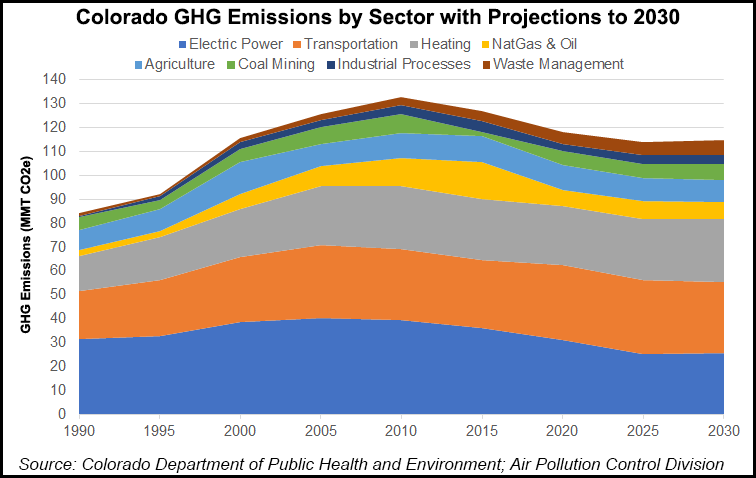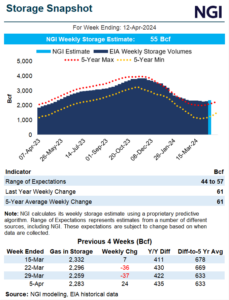Regulatory | Energy Transition | NGI All News Access | NGI The Weekly Gas Market Report
Colorado Adopts Stricter Methane Rules for Oil, Natural Gas Industry
© 2024 Natural Gas Intelligence. All rights reserved.
ISSN © 2577-9877 | ISSN © 1532-1266 | ISSN © 2158-8023 |



